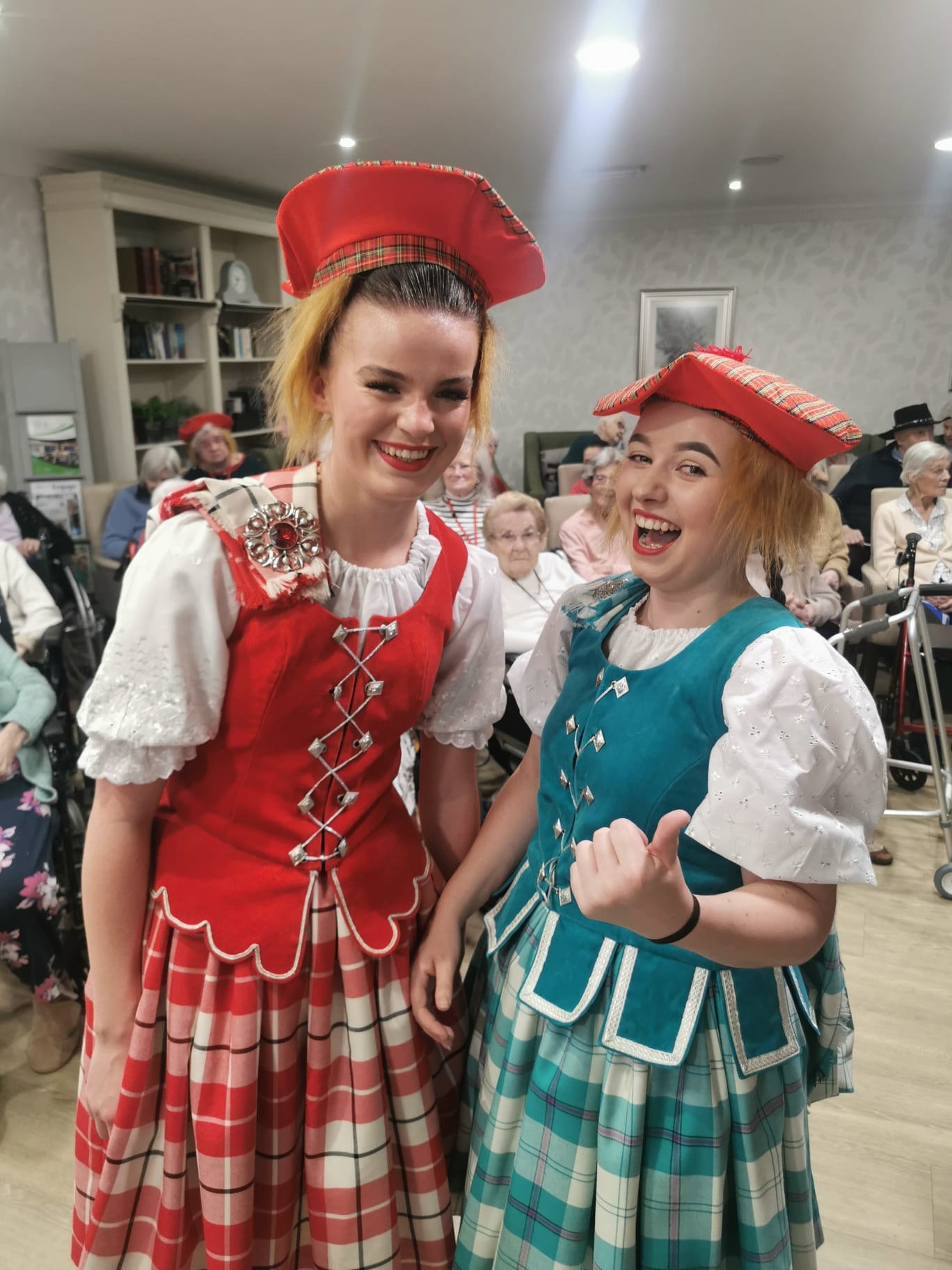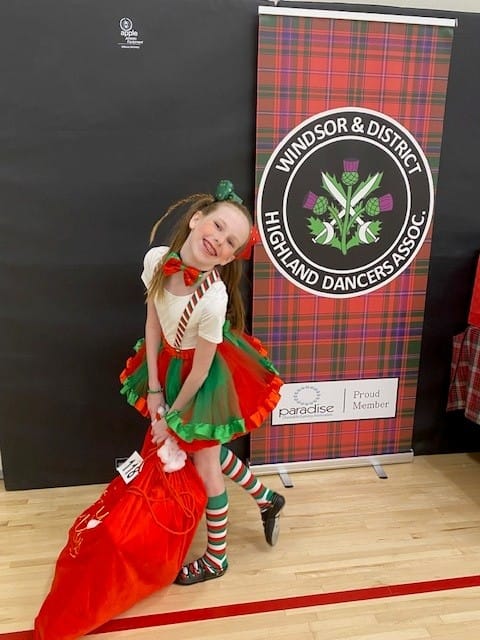
Scottish Highland Dance is a captivating blend of strength, grace, and precision, deeply rooted in Scotland’s rich cultural heritage. Whether you’re a beginner looking to master the basics or a seasoned dancer aiming for perfection, improving your technique is key to excelling in this dynamic art form. In this guide, we’ll explore essential tips and exercises to help you refine your Highland Dance skills while maintaining a friendly and encouraging approach.

1. Mastering the Basics: A Strong Foundation
Before diving into advanced techniques, it’s crucial to perfect the fundamentals of Scottish Highland Dance. Precision in footwork, posture, and timing forms the foundation of every great performance.
Foot Placement and Positions
Highland Dance relies on precise foot positioning, following traditional rules. Be sure to practice the basic positions—1st, 2nd, 3rd, 4th, and 5th—ensuring your feet are correctly turned out and held firmly. Using a mirror or recording yourself can help identify any weaknesses in your foot positioning.
Posture and Upper Body Control
Unlike other dance forms, Highland Dance requires a straight back and strong core. Your arms should be gracefully curved in the proper positions without unnecessary movement. Stand tall with shoulders down, and keep your arms steady to maintain the elegant and disciplined look of the dance.
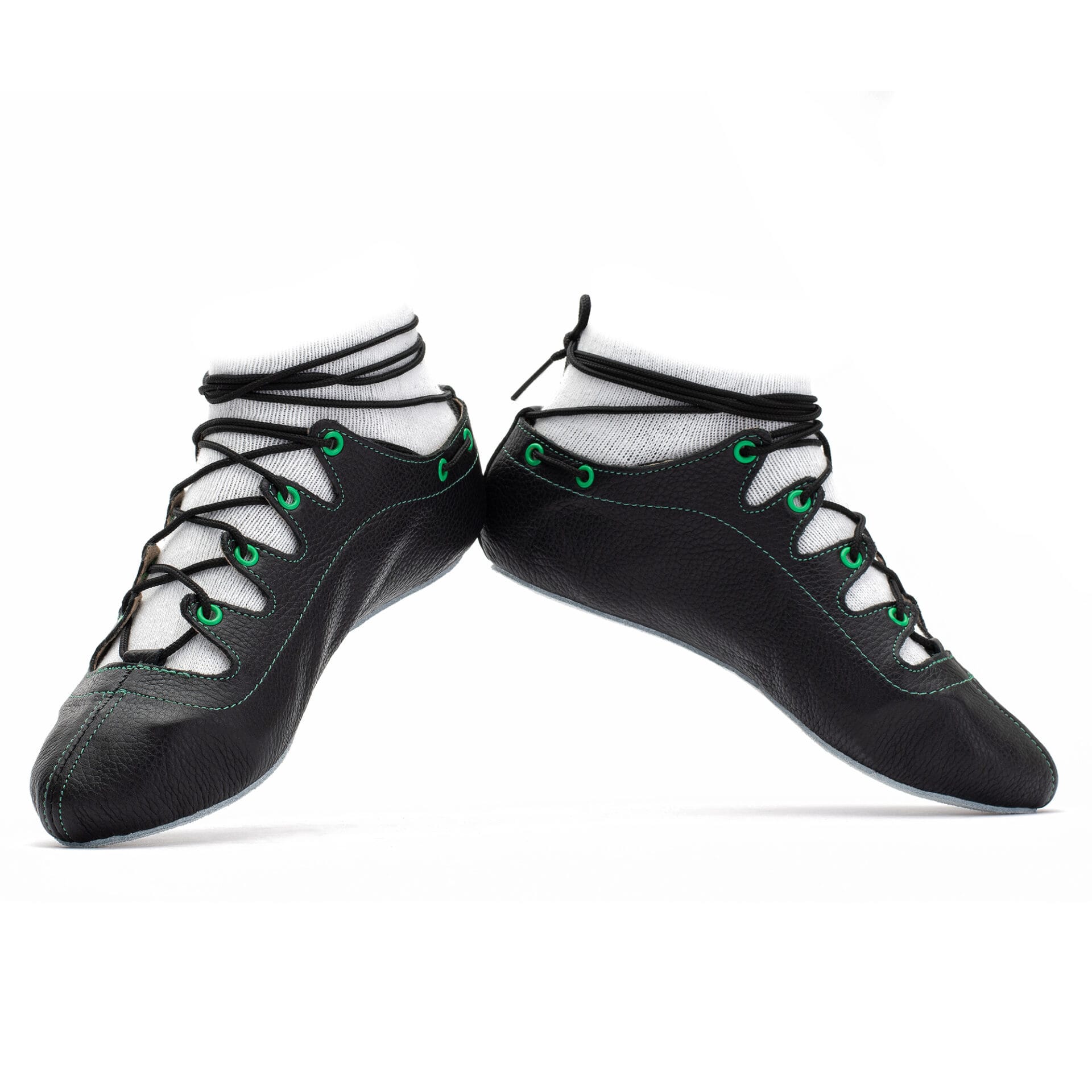
2. Strength and Conditioning for Highland Dancers
Scottish Highland Dance is incredibly athletic, demanding strength, stamina, and endurance. Cross-training and conditioning exercises can improve your overall dance ability.
Core Strength
A strong core helps with balance and control during jumps and turns. Try these exercises to build core stability:
- Planks (hold for 30–60 seconds)
- Russian Twists (3 sets of 20 reps)
- Leg Raises (3 sets of 15 reps)
Leg and Ankle Strength
Highland Dancers must have powerful legs to perform quick movements and high jumps. Strengthen your legs and ankles with:
- Calf Raises (3 sets of 20 reps)
- Squats (3 sets of 15 reps)
- Resistance Band Ankle Flexion (for ankle stability)
Cardio for Stamina
Since Highland Dancing involves intense footwork and endurance, incorporating cardio into your training is beneficial. Running, skipping, or interval training can improve your stamina, allowing you to dance with energy and precision for extended periods.
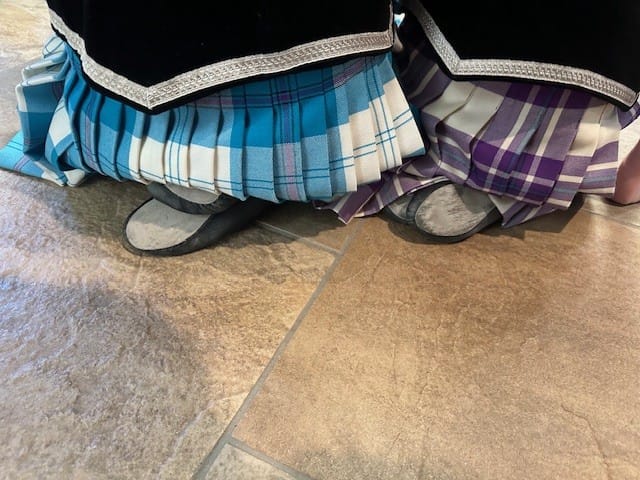
3. Improving Jump Height and Elevation
One of the most striking elements of Scottish Highland Dance is the high jumps and elevation required in dances like the Highland Fling and Sword Dance. Elevation makes movements look effortless and graceful.
Techniques for Higher Jumps
- Push from the balls of your feet: Always initiate jumps from the balls of your feet rather than your heels.
- Use your plié (bend your knees): A deep plié before a jump helps generate more height.
- Engage your core: Keeping your core tight ensures better control in the air.
- Land softly: Train yourself to land with control to avoid unnecessary impact on your joints.
Plyometric Training for Elevation
To increase jump height, incorporate exercises like:
- Box Jumps (3 sets of 10 reps)
- Jump Squats (3 sets of 15 reps)
- Toe Hops (bouncing lightly on the balls of your feet)
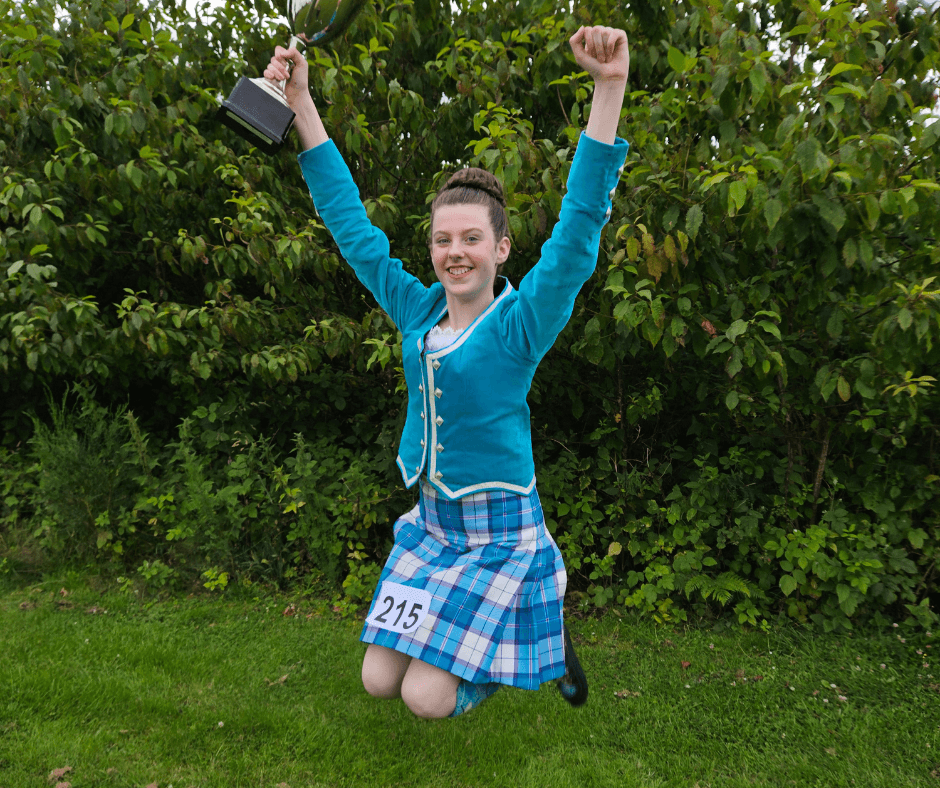
4. Enhancing Precision in Footwork
Highland Dance is renowned for its intricate foot movements. To refine your footwork, focus on accuracy, agility, and speed.
Slow Practice for Accuracy
Dancing slowly allows you to check every detail of your foot placement and movement. Work on each step at half-speed before increasing tempo.
Use Markers
Place tape or markers on the floor to ensure you hit the correct foot positions every time.
Drill Specific Steps
Repetition is key to precision. Dedicate extra time to challenging movements like:
- Shake actions (ensure they’re clear and controlled)
- Toe-Heel steps (aim for perfect placement)
- Backsteps and pas de basques (keep them smooth and even)

5. Perfecting Arm and Hand Placement
Unlike other dance styles where arms move freely, Scottish Highland Dance requires controlled and elegant arm positions. Common mistakes include floppy wrists, uneven hands, or incorrect angles.
Tips for Perfect Arm Placement
- Keep arms slightly curved, never stiff.
- Hands should remain soft with fingers gently together.
- Avoid unnecessary movement—your arms should stay steady while your legs do the work.
Practicing in front of a mirror or recording yourself can help refine your arm positioning and eliminate bad habits.
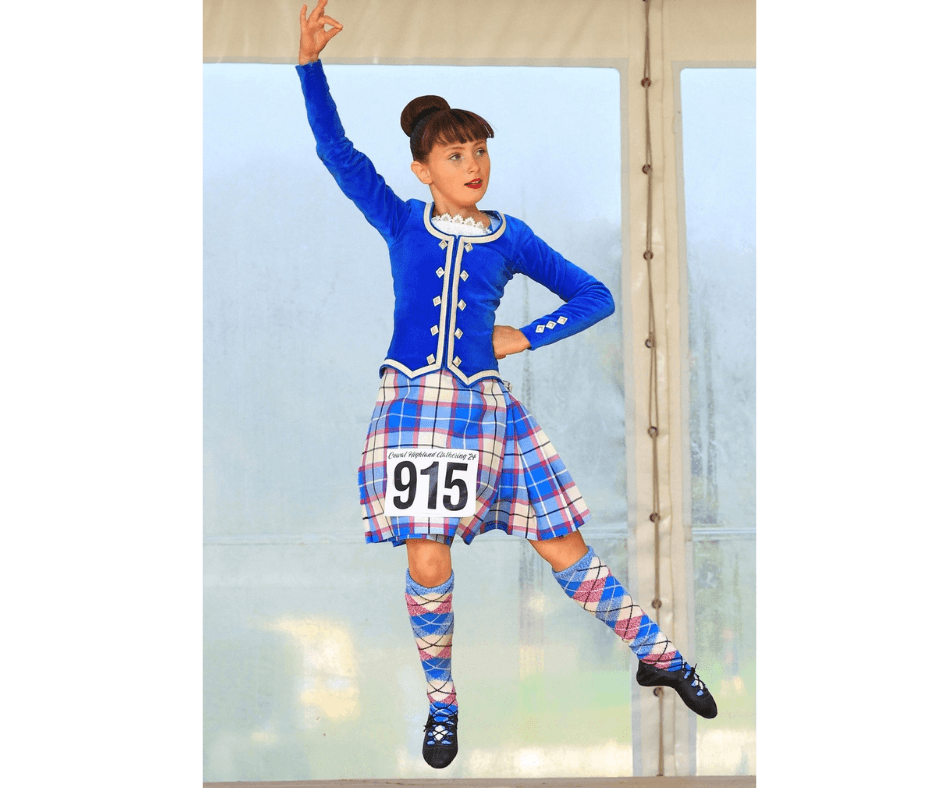
6. Rhythm and Musicality
Highland Dance is closely tied to traditional Scottish music, so understanding the rhythm and timing of each step is crucial.
How to Improve Musicality
- Clap or tap out rhythms before dancing to internalize the beat.
- Listen to bagpipe music regularly to become familiar with the phrasing.
- Use a metronome to maintain even timing when practicing.
Dancing in sync with the music enhances your performance and brings authenticity to your movements.
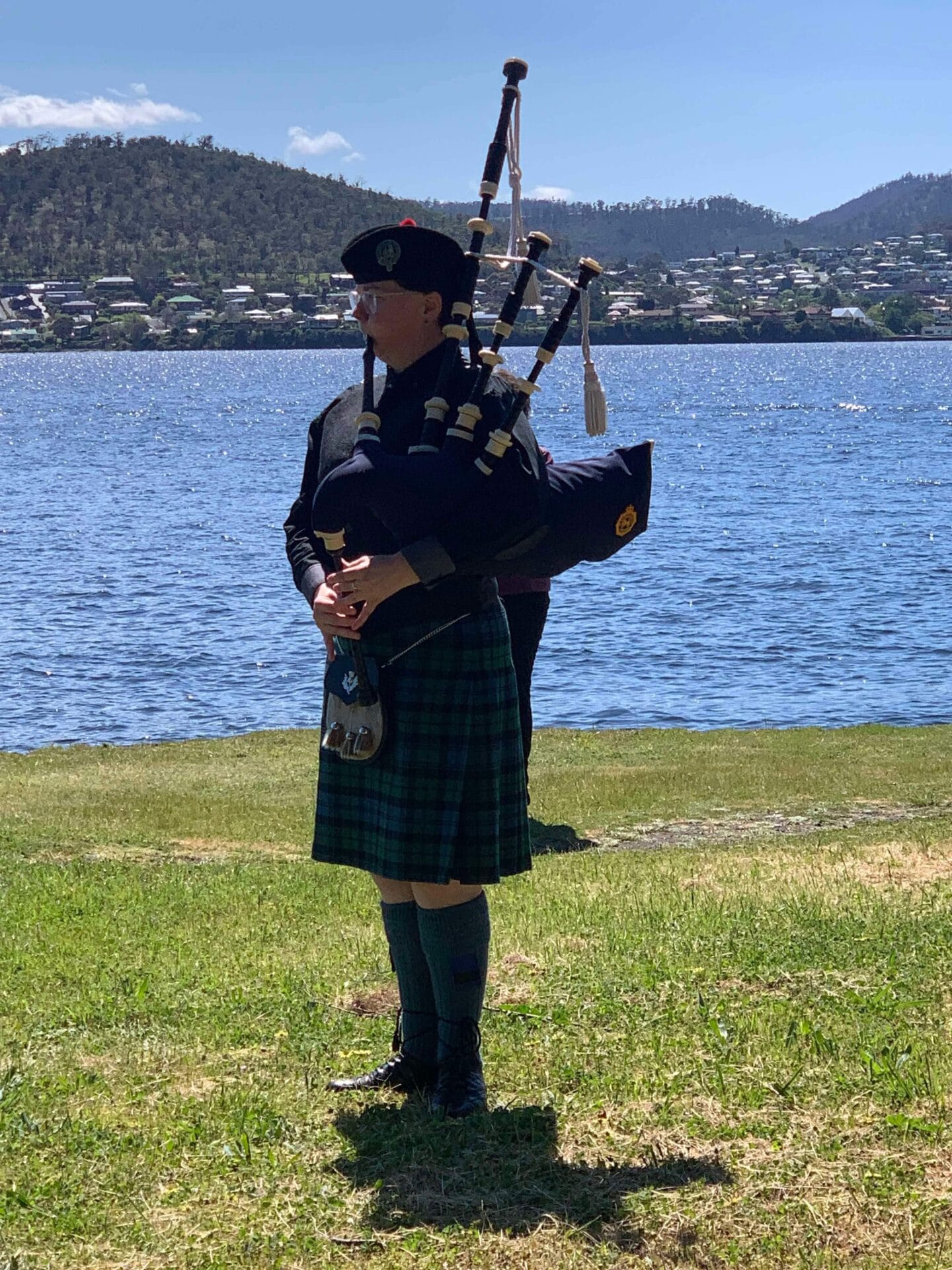
7. Flexibility for Graceful Movements
Good flexibility ensures smoother transitions, higher kicks, and a greater range of motion. Stretching before and after practice prevents injury and enhances performance.
Essential Stretches for Highland Dancers
- Hamstring stretches (toe touches, seated forward bends)
- Hip openers (lunges, butterfly stretches)
- Calf stretches (leaning against a wall, heel drop on stairs)
Consistency is key—stretch daily for noticeable improvements in flexibility.
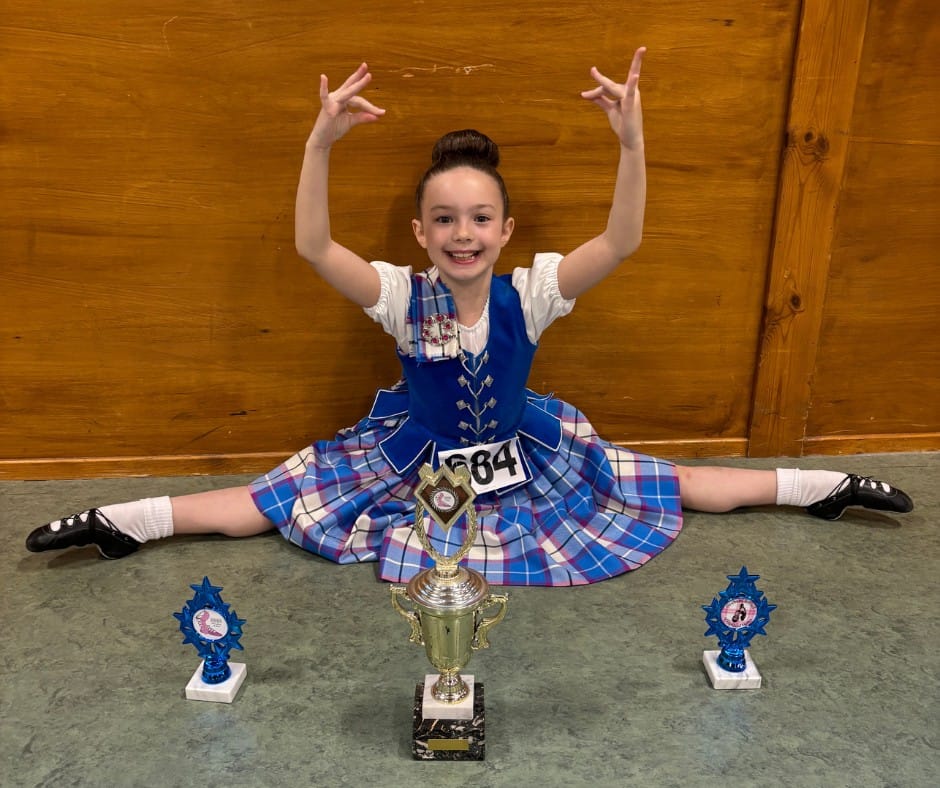
8. Practice Strategies for Faster Improvement
Set Goals
Break down your progress into small, achievable goals. For example:
- Perfecting one specific step each week
- Increasing jump height by a certain measure
- Improving stamina for full dance routines
Film Your Practice Sessions
Recording yourself allows you to analyze your technique and track improvement over time.
Get Feedback from Coaches or Peers
Sometimes, an outside perspective can pinpoint mistakes that are hard to notice yourself.
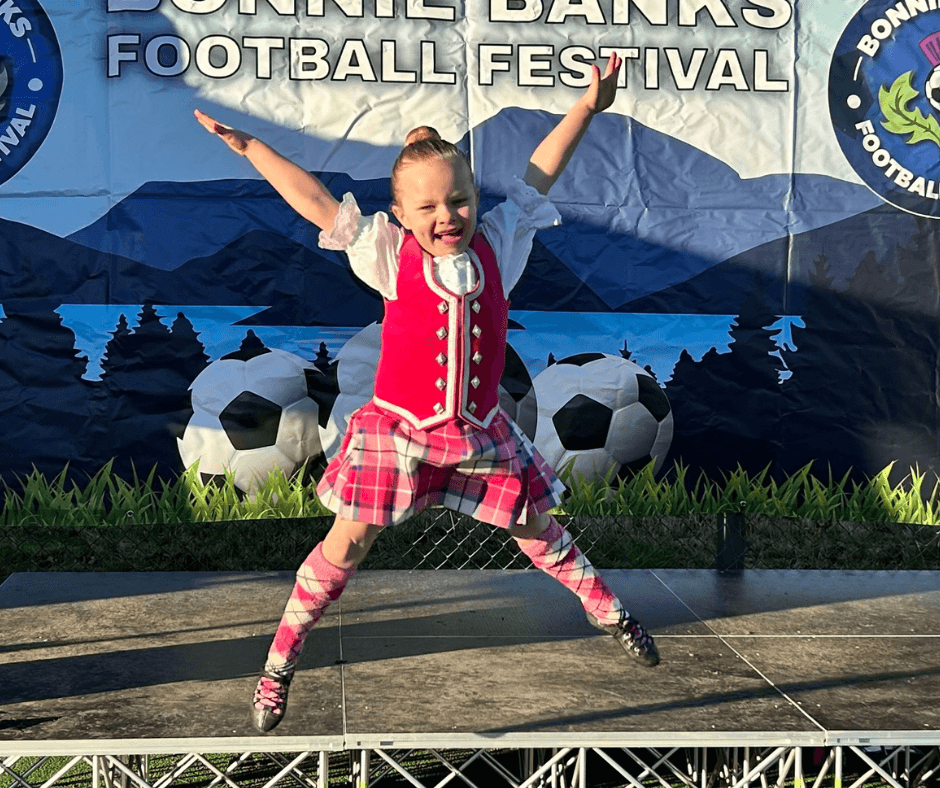
9. Mental Preparation and Confidence Building
Highland Dance competitions and performances require not just physical skill but mental strength as well.
Overcoming Stage Nerves
- Visualize success before stepping on stage.
- Practice deep breathing to calm your mind.
- Build confidence by performing in front of family and friends before a big event.
A confident dancer exudes elegance and command, making their performance more engaging.
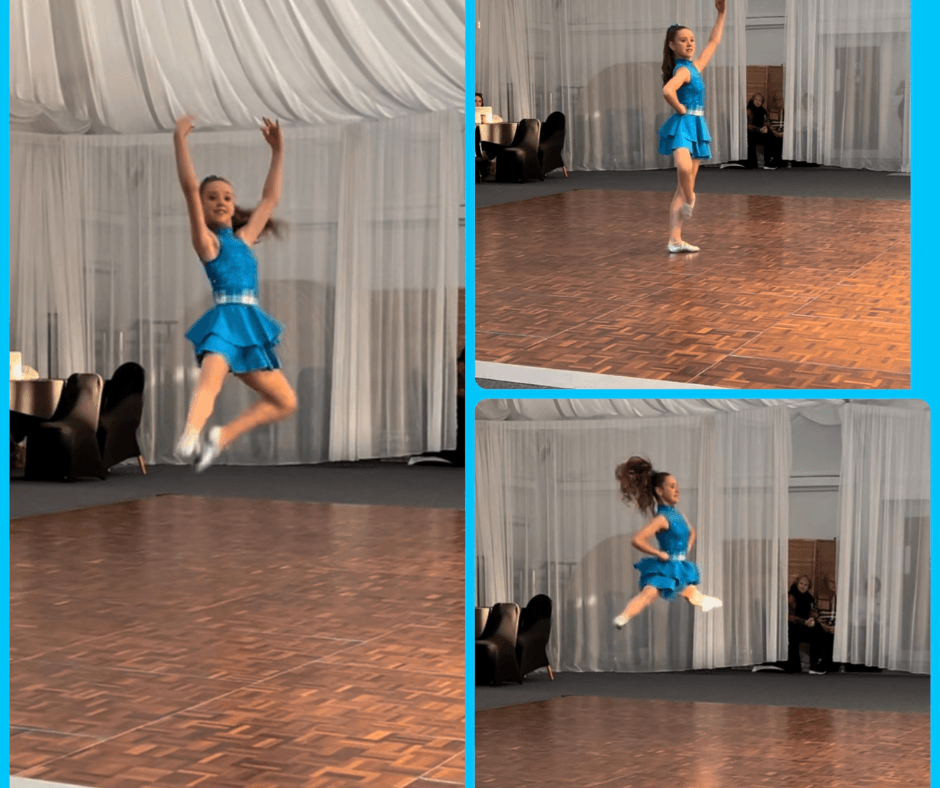
10. Stay Motivated and Have Fun!
Improving your Scottish Highland Dance technique is a journey that takes time and dedication. Celebrate your progress, no matter how small, and remember why you started dancing in the first place—because you love it!
By focusing on technique, strength, precision, and musicality, you’ll see steady improvement and enjoy the art of Highland Dance even more. Keep practicing, stay inspired, and most importantly, have fun along the way!
